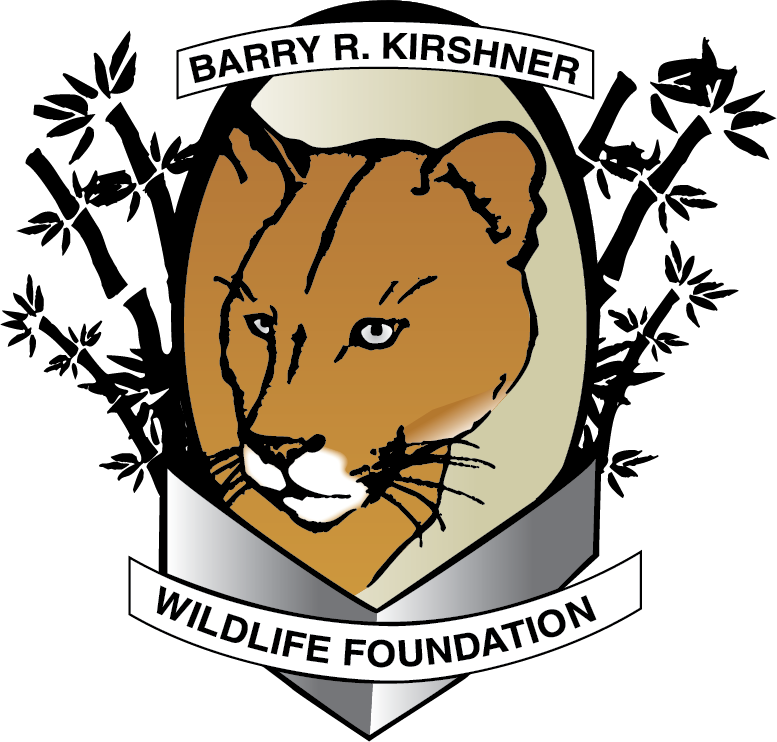Olli – Great Horned Owl
Olli is a great horned owl (Bubo virginianus) who came to the Foundation because of an injured wing. Olli is healthy but unable to be released back into the wild. Olli has come to the Foundation to join our native species educational program.
The great horned owl is also known as the tiger owl or the hoot owl. Great horned owls are generally colored for camouflage protecting them from predators as well as hiding them while they are hunting their prey. The great horned owl’s primary diet includes rabbits, rats, mice, and voles although it will freely hunt any animal it can overtake. The owl generally hunts at night, watching from a high perch and then swooping down to capture its prey in its sharp talons. Great horned owls have extremely good hearing and vision in low light conditions which allows them to spot their prey from 300 feet away. The owl will swallow its prey whole when possible and about six to ten hours later the owl will regurgitate a pellet of bone and other non-digestible parts.
The great horned owl does not migrate and often stays in the same territory throughout its mature life. The owl’s territory is established and maintained through hooting and its territory can range from about one square mile to six square miles.
Great horned owls are some of the earliest breeding birds in North America. Courtship for the great horned owl is from October to December and mates are chosen by January. The males attract potential mates by hooting emphatically while leaning over and puffing up their throat. Great horned owls are monogamous and pairs typically mate for life, although they loosely associate when their young becomes mostly independent. The great horned owl, like all owls, do not build a nest, instead the owl typically uses old nests of other large birds. Although the young owls are able to leave the nest and climb on nearby branches at 5 weeks of age and fly at about 10 weeks of age, both parents take part in providing food for the young for several months.
Great horned owls are extremely adaptable birds and the most widely distributed true owl in the Americas. Although the great horned owls population is not threatened, most of their mortality is caused by owls flying into man-made objects including buildings, cars, power lines, and barbed wire.
great horned owl Statistics:
Body Size
Weight
Incubation Period
Clutch Size
Life Span
Status
1.5 - 2 feet long, wingspan of 3 - 5 feet
females: up to 3.5 pounds males: up to 2.5 pounds
28 - 35 days
2 - 3 eggs
10 - 15 years in the wild
least concern

